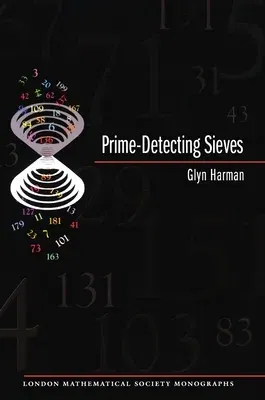Glyn Harman
(Author)Prime-Detecting Sieves (Lms-33)Paperback, 26 May 2020

Qty
1
Turbo
Ships in 2 - 3 days
In Stock
Free Delivery
Cash on Delivery
15 Days
Free Returns
Secure Checkout

Part of Series
London Mathematical Society Monographs
Print Length
384 pages
Language
English
Publisher
Princeton University Press
Date Published
26 May 2020
ISBN-10
0691202990
ISBN-13
9780691202990
Description
Product Details
Author:
Book Format:
Paperback
Country of Origin:
US
Date Published:
26 May 2020
Dimensions:
23.11 x
15.49 x
2.29 cm
ISBN-10:
0691202990
ISBN-13:
9780691202990
Language:
English
Location:
Princeton
Pages:
384
Publisher:
Weight:
294.83 gm